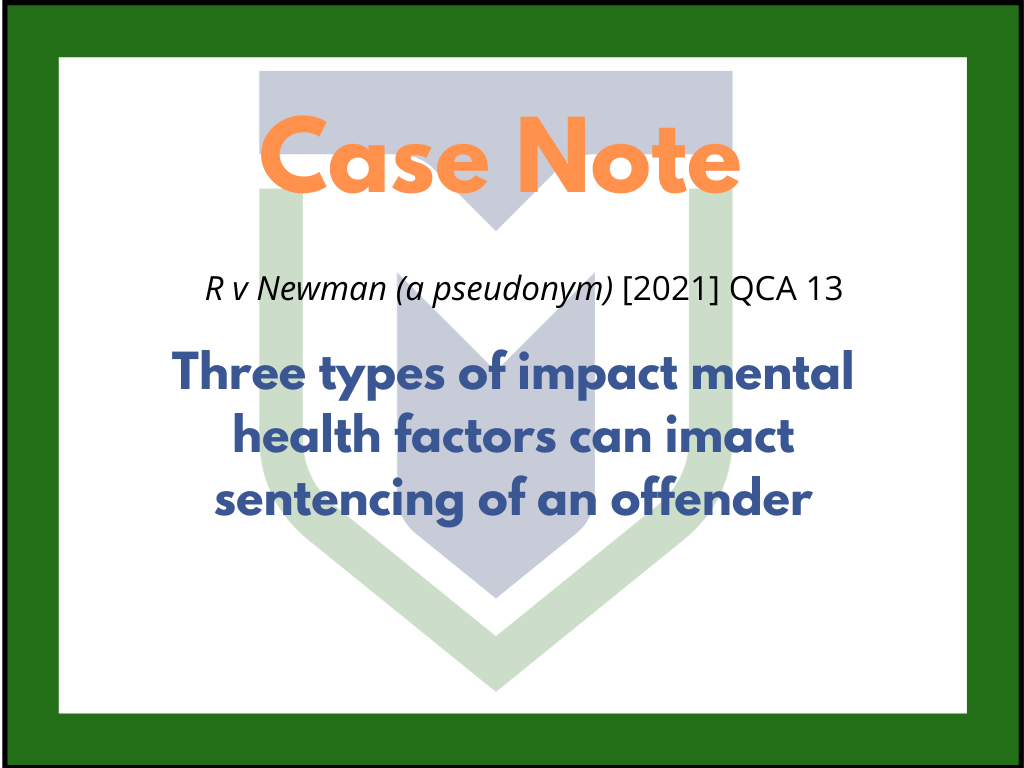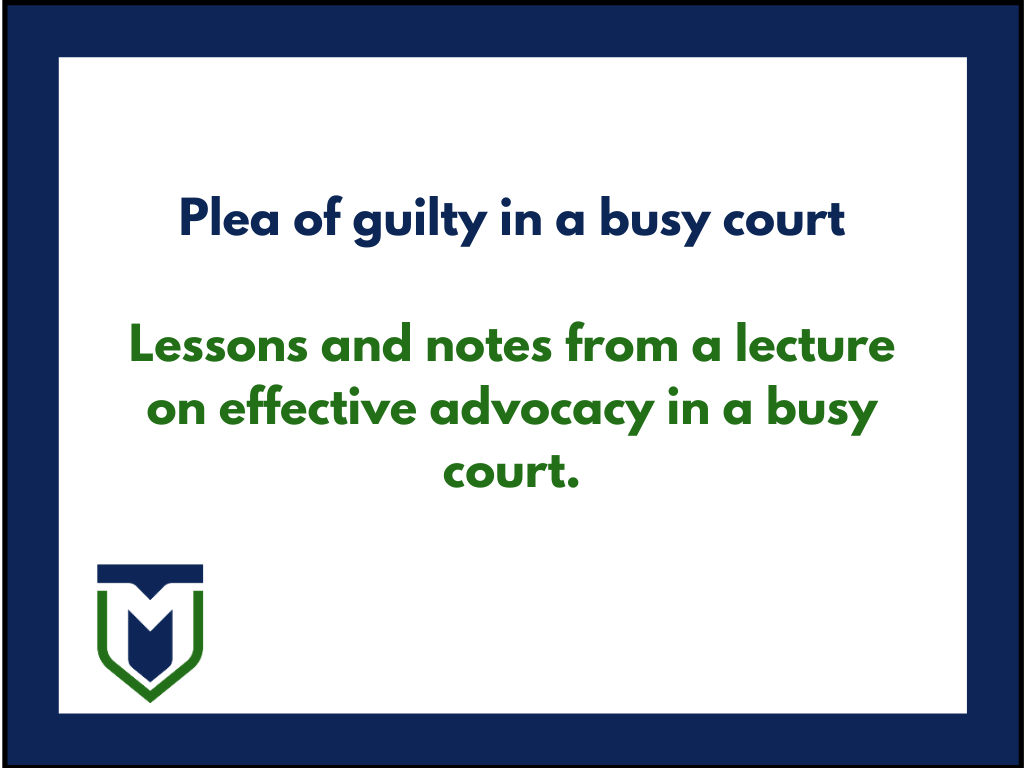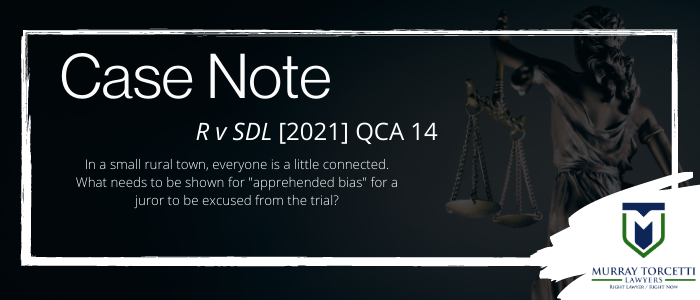MG v Commissioner of Police [2024] QDC 72
Murray Torcetti Lawyers are criminal defence lawyers who appear in Brisbane and Caboolture Courts. We write our own case notes from recent criminal decisions for internal purposes. However, unlike your annoying sibling, we don’t mind sharing.
Facts: The appellant, MG, appealed against the recording of convictions in the Magistrates Court at Brisbane, where he had pleaded guilty to contravening a domestic violence order and breaching a bail condition. On 22 November 2022, a temporary protection order prohibited MG from contacting the aggrieved, which he breached on 9 December 2022 by calling her and making suggestive comments. MG was subsequently arrested for contravening the order and breaching bail. In the Magistrates Court, MG was fined $500 with a conviction recorded for contravening the domestic violence order and was convicted but not further punished for the breach of bail.
Relevant Findings: The primary issue on appeal was whether the Magistrate erred in recording the conviction. The appellant argued that recording the conviction would adversely affect his economic well-being, particularly concerning his financial licence and business operations.
Legal Principles: Section 12 of the Penalties and Sentences Act 1992 (Qld) provides the framework for considering whether to record a conviction. The court must consider the nature of the offence, the offender’s character and age, and the impact that recording a conviction will have on the offender's economic or social well-being and employment prospects. The balancing exercise between the seriousness of the offence and the economic or social impact of the recording of a conviction was articulated in cases such as R v Briese and R v Ali.
Court's Analysis:
- Nature of the Offence and Offender’s Character: The appellant had a history of previous convictions, indicating repeated offending despite previous opportunities to reform.
- Impact on Economic Well-being: The appellant claimed that recording the conviction would affect his financial licence and business but failed to provide specific evidence or substantiate the claim. The court noted that while the National Consumer Credit Protection Act 2009 (Cth) requires disclosure of convictions, there was no certainty that the appellant's licence would be impacted.
- Seriousness of the Offence: The offences were considered serious, particularly as they involved breaches of a court order and were connected to domestic violence, adding an aggravating element as per Section 9(10A) of the Penalties and Sentences Act 1992 (Qld).
Outcome: The appeal was dismissed. The court found that the Magistrate had appropriately exercised discretion in recording the conviction, given the seriousness of the offences and the appellant’s criminal history. The speculative nature of the appellant’s claims regarding the impact on his financial licence did not outweigh the need for public denunciation and accountability for breaching a domestic violence order.
Notes for Practice:
- When arguing against the recording of a conviction, it is critical to present specific and substantial evidence regarding the potential negative impact on the offender’s economic or social well-being.
- Domestic violence offences, especially those breaching court orders, are treated with significant seriousness, and the court is likely to record a conviction to reflect the gravity of such offences.
- Legal practitioners should ensure that any claims about the adverse impact of a conviction are well-supported with evidence, particularly when related to professional or business licenses.
Disclaimer: This case note is for informational purposes only and does not constitute legal advice. For legal assistance, please contact Murray Torcetti Lawyers at 07 5414 4209. We are criminal defence lawyers serving Brisbane and Caboolture Courts.
Because lawyers love a good disclaimer – here is ours – It boils down to: If you need legal advice see a lawyer. Dr Google isn’t going to prescribe you meds if you are sick, Google LLB isn’t going to give you advice or information specific to your situation.
If you need legal assistance. See a lawyer.
You might not read it, but we will rely on it if you try and sue us (smug face).







